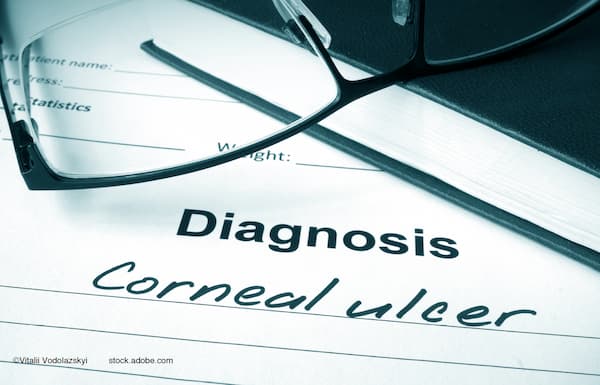Article
Cataract surgery-induced dry eye may not be a direct consequence of surgery
Dry eye following cataract surgery may not be a direct result of the surgery but rather the surgery triggers symptoms in eyes with pre-existing sub-optimal tear properties.
Dry eye following cataract surgery may not be a direct result of the surgery but rather the surgery triggers symptoms in eyes with pre-existing sub-optimal tear properties, according to Waheeda Illahi and colleagues from BMEC, City Hospital, Birmingham, UK.
A study was conducted to assess tear quantity, break-up time and central corneal thickness following cataract surgery. Tear quantity was measured using a phenol red thread, fluorescein break-up time (measured in seconds) was quantified by standard biomicroscopy and central corneal thickness was measured by ultrasonic pachymetry after topical anaesthesia. Measurements were taken from right eyes in bilateral cases and age and gender matched controls.
The results showed that mean phenol red thread was 16.9 mm in the study group and 16.5 mm in the controls. Mean break-up time was 4.9 seconds in the study group and 4.6 seconds in the controls. Mean central corneal thickness was 541.2 µm in the study group and 539.0 µm in the controls. Comparisons revealed no statistical differences between the two groups but there was a significant correlation between break-up time and phenol red thread in the study group (r=0.265, p=0.028).
Although dry eye symptoms are often reported after cataract surgery, this study suggests that surgery is not the direct cause but rather that the surgery triggers symptoms in eyes with pre-existing sub-optimal tear properties.
Newsletter
Don’t miss out—get Ophthalmology Times updates on the latest clinical advancements and expert interviews, straight to your inbox.




